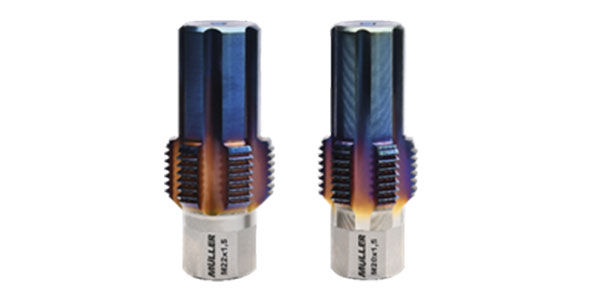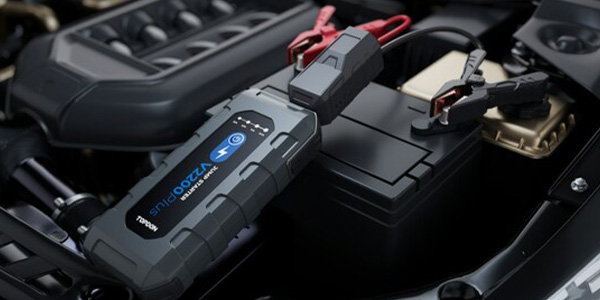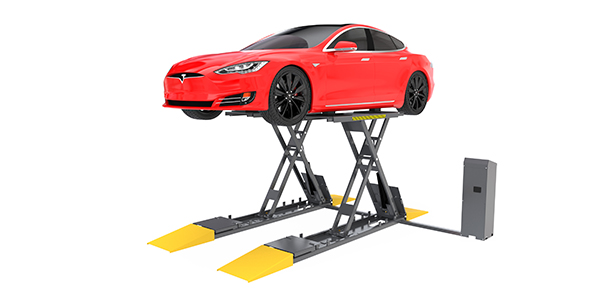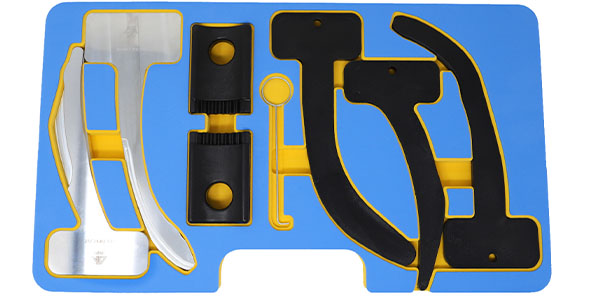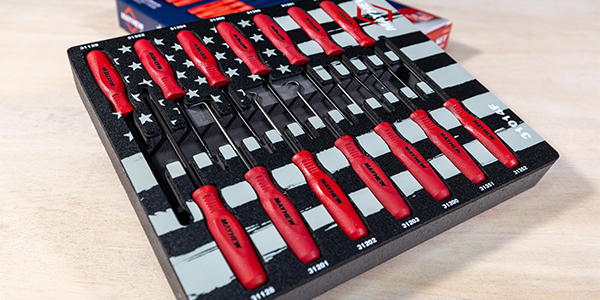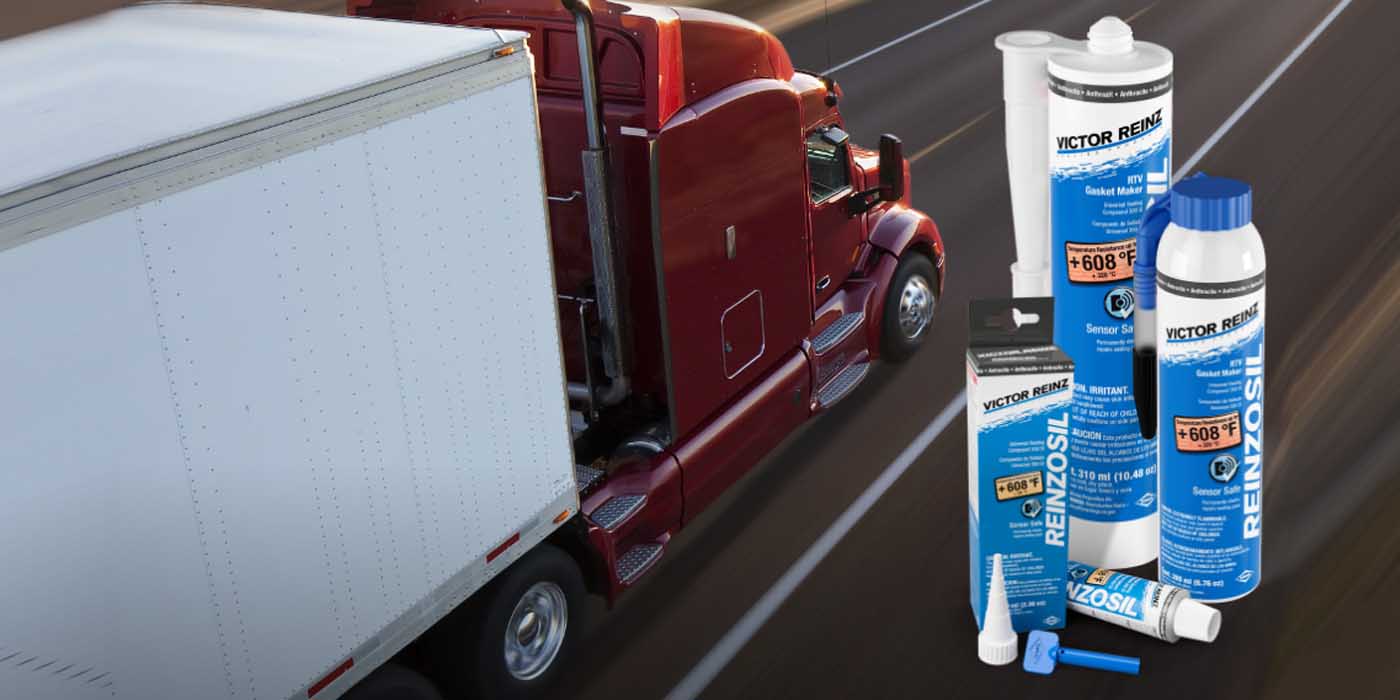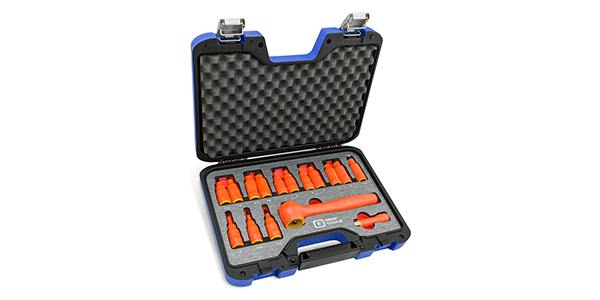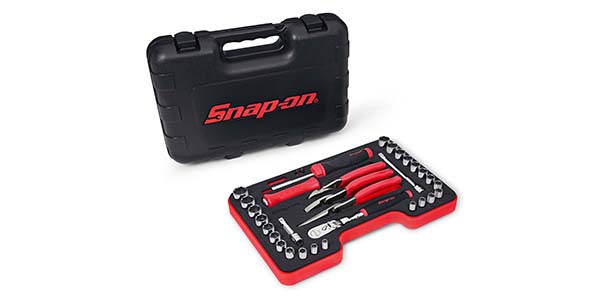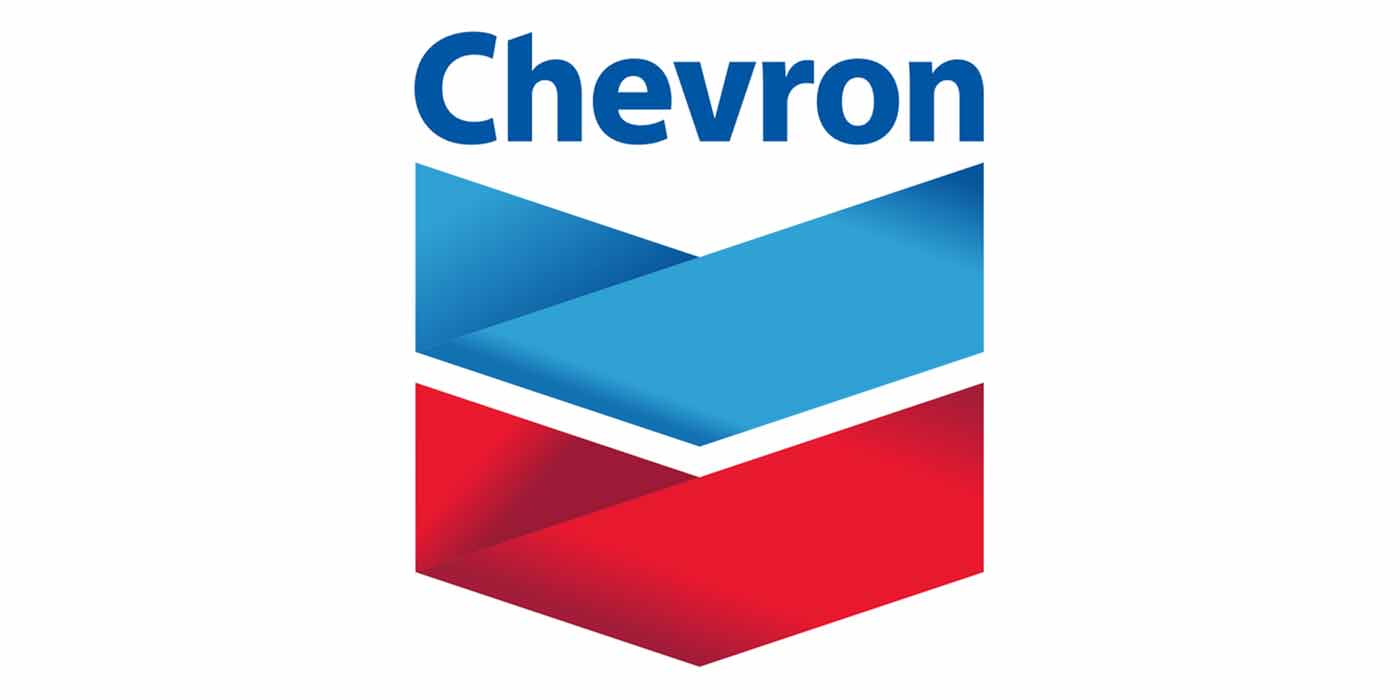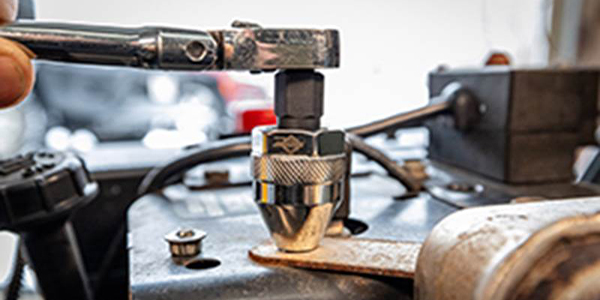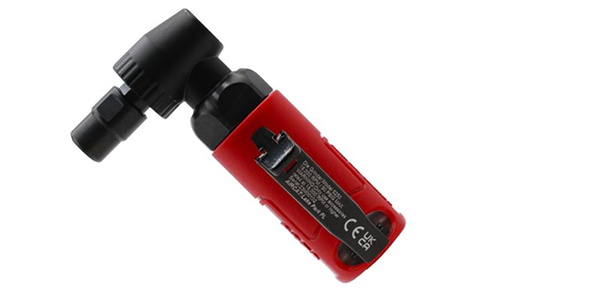Reichert Technologies offers a line of digital pocket refractometer testers that measure and diagnose the conditions of the following automotive and truck fluids – engine coolant, battery electrolyte, windshield washer fluid, brake fluid and diesel exhaust fluid. These testers provide valuable information concerning the need to replace the fluids should they be out of specification. They are an invaluable diagnostic tool for professional technicians servicing passenger cars and light trucks.
Using a proven scientific method of measurement, Reichert Technologies uses optical refractive index to measure the concentrations of these various fluids. These measurements are exact and precise – they are not based on approximations and assumptions. Each digital tester measures over 10,000 readings on a set of 2 x AAA batteries (included). Power management is excellent as the units will power off automatically after a short period of inactivity. Measurement results are displayed within 3 seconds. There is no requirement to manipulate or alter the fluids (such as boiling) in order to obtain a measurement. Only a few drops of fluid are needed. Each tester comes with a detachable neck lanyard and non-slip rubber side grips for ergonomic handling. Also included with each tester is a durable storage case. As an accessory, we offer a durable holster carrying case (cell phone type).
These testers are very small and lightweight (54x27x100mm and 100 grams). They are all rated and compliant to IP65 Dustproof/Water Resistant, CE, RoHS, and WEEE. The following testers are available:
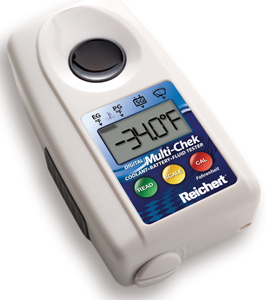
Reichert Digital Multi-Chek – Measure Engine Coolant Freezing Point (Ethylene Glycol and Propylene Glycol scales), Battery Electrolyte Specific Gravity, and Windshield Washer fluid Freezing Point. One tester measures all 4 fluid types. This tester meets the ASTM D3321 standard for measurement of engine coolant with a refractometer. Accuracy is +/- 1.0 degrees F and +/- 0.55 degrees C. Hydrometers do not come close to this level of accuracy and precision. A floating disc type, floating ball type, and a needle type hydrometer have been tested. The range of reading error taken from these hydrometers varied from 8.0 degrees F to 23.0 degrees F. A recent survey of service providers told us that they want an engine coolant tester with accuracy of +/- 5.0 degrees F. Less than one-tenth of those surveyed felt that an inaccuracy of +/- 10.0 degrees F or worse was acceptable. These professional technicians are looking for accuracy and the Reichert Digital Multi-Chek will give them what they are looking for!
Inaccurate coolant/antifreeze concentration can be harmful to the vehicle’s engine. The Society of Automotive Engineers (SAE) has developed a technical paper which describes the problems associated with engine coolant/antifreeze concentration levels. Under-concentrated coolant contributes to the following problems: liner or water pump impeller cavitation, general corrosion, deposits on heat transfer surfaces, plugging of the system with corrosion products, and freezing and resultant overheating of coolant and cracking of blocks. On the other hand, too much concentration of coolant is detrimental as well. Over-concentrated coolant contributes to the following problems: water pump seal seepage, solder bloom or solder corrosion, hose and gasket seepage, plugging of the system with precipitates or gelled additive, and slush formation and resultant overheating. Professional technicians now have an extremely accurate measurement tool in the Reichert Digital Multi-Chek which allows for correct diagnosis of the coolant concentration and meeting the concerns of SAE.
Another factor to consider is that of emissions control. Catalytic converters are most effective when the air to fuel ratio is maintained at 14.7 to 1. This mixture is regulated by the vehicle’s computer. This computer uses multiple sensors to maintain this ratio. Probably the most important of which is the temperature sensor. Most automobiles today run around 230 degrees F, give or take 10 degrees. Thermostats are used to regulate the minimum temperature rather than the maximum. Cooling fans regulate the high end. Maintaining this operating range puts an enormous demand on the cooling system. Heat transfer efficiency is essential, thus correct coolant concentration is critical in this regard.
In addition to measuring the condition of the engine coolant, the Reichert Digital Multi-Chek tester measures the Specific Gravity of Battery Electrolyte. The specific gravity provides an indication of the condition of the battery. A specific gravity of 1.100 to 1.200 indicates that the battery is in a recharge condition. A specific gravity of 1.200 to 1.250 indicates the battery is in fair condition. And a specific gravity of 1.250 to 1.400 indicates the battery is in good condition. And, this tester measures the Freeze Point of Windshield Washer Fluid. Windshield fluid concentration can vary by manufacturer and seasonal use. Any under-concentrated fluid may freeze during the winter season and not be effective. The Reichert Digital Multi-Chek is a multi-functional diagnostic fluids tool that service technicians can use for every vehicle they service.
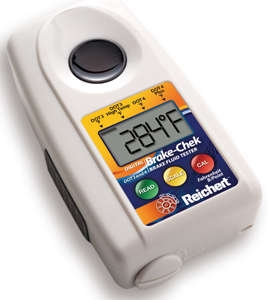
Reichert Digital Brake-Chek – Measure the Boiling Point of DOT3 and DOT4 brake fluids. DOT3 and DOT4 brake fluids are hydroscopic – they absorb water. This water absorption occurs throughout the brake fluid in the hydraulic system. When the brake fluid absorbs water, it’s boiling point will be reduced. This reduction in boiling point removes a level of safety should the fluid begin to boil during excessive braking. If the brake fluid begins to boil, the result is sudden brake failure. The amount of water absorbed in brake fluid depends on a number of factors including the type of fluid, humidity, type of brake hoses, condition of the seals and mileage.
The Society of Automotive Engineers (SAE), Department of Transportation (DOT) and the International Standards Organization (ISO) have established the Dry and Wet Boiling Point specifications for brake fluid. The Dry Boiling Point of brake fluid is fluid in a sealed container. This is new fluid that has not been exposed or put into service. The Wet Boiling Point of brake fluid is fluid that is currently in service and has absorbed water. The Dry and Wet Boiling Points for the brake fluid classes are: DOT3 has a Dry Boiling Point of 401 degrees F (205 degrees C). DOT3 has a Wet Boiling Point of 284 degrees F (140 degrees C). DOT4 USA has a Dry Boiling Point of 446 degrees F (230 degrees C). DOT4 USA has a Wet Boiling Point of 311 degrees F (155 degrees C).
Brake fluid will absorb 1% or more of water per year of service life. A two year old vehicle will have 2 to 3% water in the brake fluid. 3% water reduces the boiling point of DOT3 brake fluid by approximately 175 degrees F (97 degrees C). 3% water in DOT4 brake fluid reduces the boiling point by 162 degrees F (90 degrees C). The Reichert Digital Brake-Chek correctly diagnoses the brake fluid to determine if the fluid should be changed. The brake fluid does not need to be boiled for testing. Just a few drops of fluid from the master cylinder or wheel calipers is needed. In fact, the boiling point should be measured at the wheel caliper as that is the source of the heat generated that creates the condition for the brake fluid to boil.
Generally, the type of driving should influence when to change the brake fluid. If the vehicle is used for towing, is driven in mountainous regions, or has an ABS system it is important to diagnose the fluid and would be best to change it sooner. All vehicles should have the brake fluid changed whenever the water content exceeds the minimum wet boiling point (typically found on the label of the brake fluid container). The professional service technician offers an invaluable service when the actual condition of the vehicle’s brake fluid is evaluated. Visual inspection is not enough, as it cannot provide useful information as to water content in the fluid. The Reichert Digital Brake-Chek accurately measures the actual boiling point of the fluid. This service provides a measure of safety that all vehicle owners will appreciate. The Reichert Digital Brake-Chek tester is an invaluable diagnostic tool for professional technicians who provide the best possible care to their clients. This tool can be used for every vehicle that comes in for service.
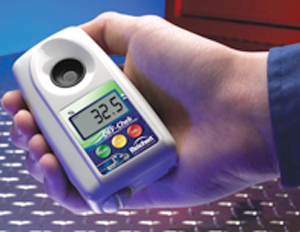
Reichert Digital DEF-Chek – Measure the concentration of Diesel Exhaust Fluid (DEF). New EPA standards are in affect this year regarding the reduction of Nitrous Oxide tailpipe emissions in vehicles using diesel engines. The chosen method for emissions reduction is called Selective Catalytic Reduction (SCR). This method requires a separate holding tank of DEF on the vehicle. The DEF is injected into the exhaust stream which converts the dangerous Nitrous Oxides into harmless nitrogen and water. This DEF is comprised of an exact concentration of 32.5% Urea in 67.5% Deionized water. Diesel Exhaust Fluid and SCR has been employed in Europe for the last five years. The International Standards Organization (ISO) has published ISO 22241 that regulates this fluid. The reason for the 32.5% solution is that it provides the lowest freeze point. If the DEF should freeze, the urea and water will thaw at the same rate, ensuring the solution does not become diluted. A 32.5% solution of DEF will freeze at 12.0 degrees F (-11.0 degrees C)
Any additional water added will change the concentration, which will make the SCR system ineffective. Poor quality DEF can damage the injectors which will result in expensive repairs. Reports have surfaced in Europe of poor quality Diesel Exhaust Fluid being sold. Fluid that is not properly concentrated or has agricultural grade Urea or non-deionized water will not meet the standards of ISO 22241. In addition, the vehicle will not be compliant to the EPA Tier 2 standards regarding tail pipe emissions. It is critically important that the Diesel Exhaust Fluid quality and purity is maintained throughout the supply chain. The Reichert Digital DEF-Chek correctly determines the exact concentration of Urea in the Deionized water. This measurement is critical for anyone manufacturing, buying, transporting, dispensing, or using Diesel Exhaust Fluid in their vehicle. The professional technician can use the Reichert Digital DEF-Chek to perform a quality control check on their DEF supply that they purchase and dispense. Additionally, the DEF quality can be checked from the holding tank on the vehicle.
Reichert Technologies brings the Science of Automotive and Truck Care to the professional service technician. These innovative diagnostic tools generate revenue at the service level. Owners of vehicles welcome knowing that their vehicle’s fluids are correctly concentrated and that they are contributing to the safe operation and longevity of the vehicle. Knowing the actual condition of the fluid, the professional service technician can inform the owner that a fluid change is needed and can back that recommendation up with a scientific measurement.
For more information, contact Charles Smith, Global Sales and Distribution Manager at 888-849-8955, ext 4685.

